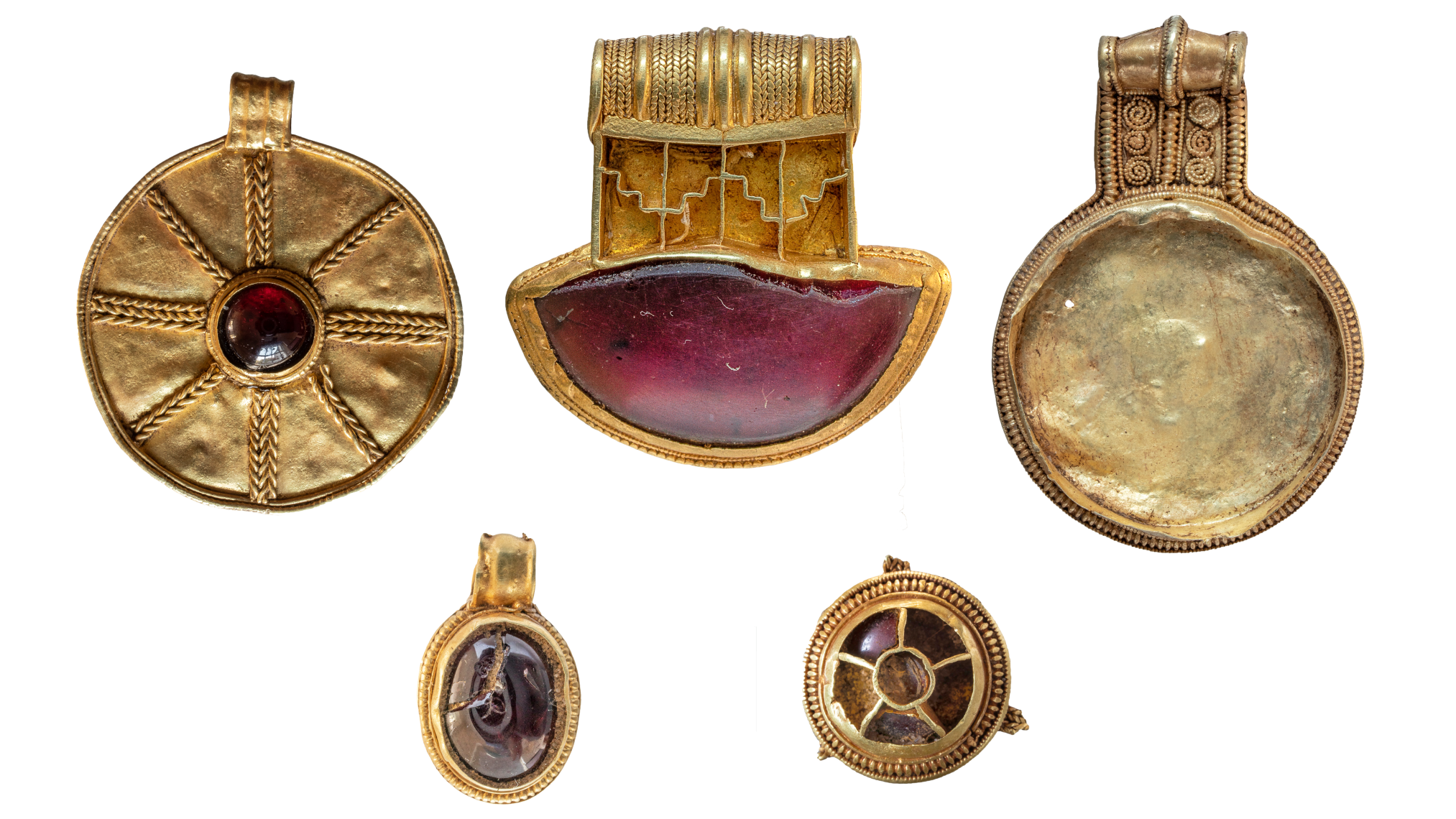Which vegetables are high in iron?
You need this essential mineral in your diet, but which vegetables are high in iron and what are the best ways to eat them?
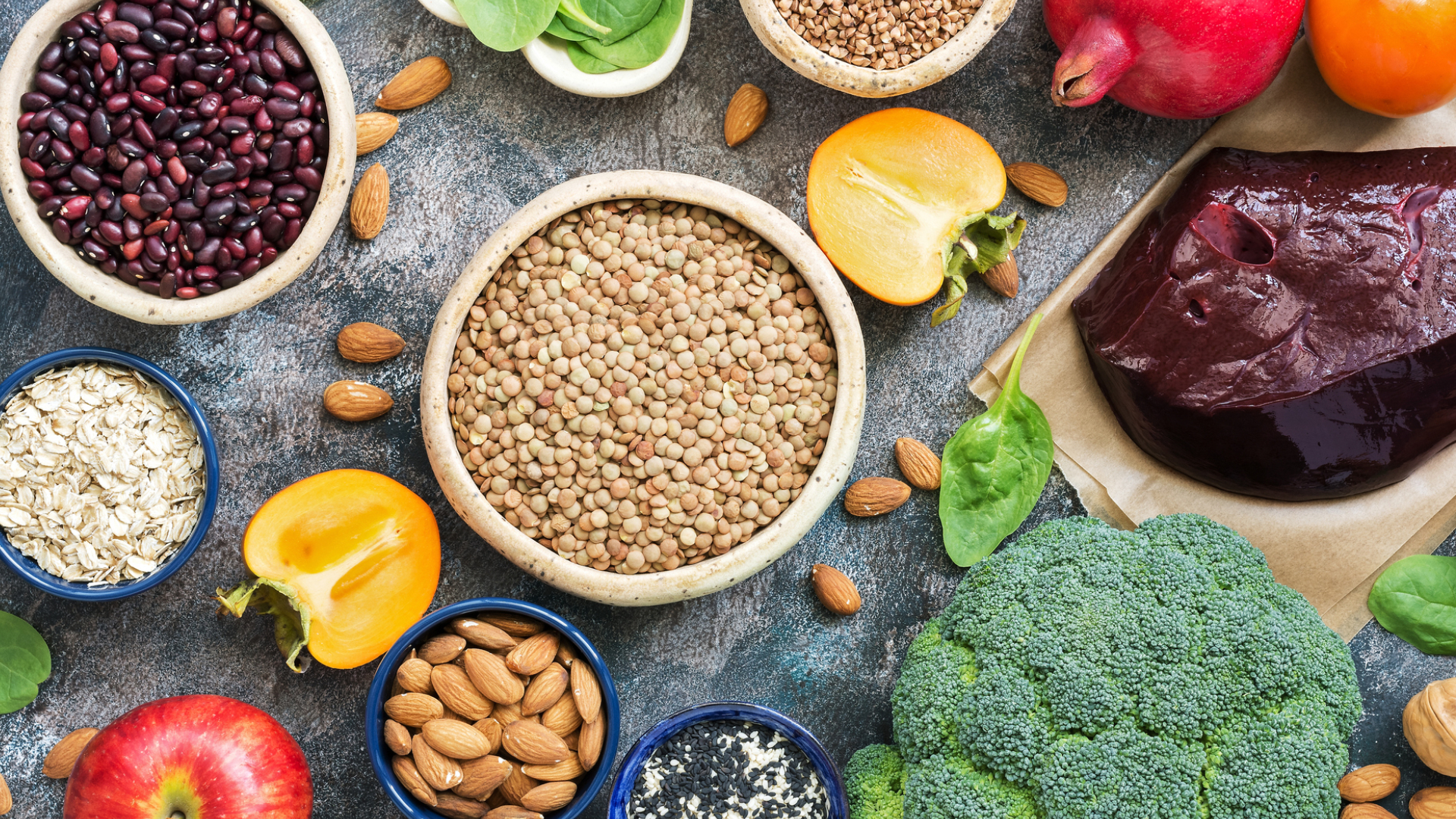
It’s an essential mineral for healthy bodies, but which vegetables are high in iron to benefit you? Getting enough iron is a concern for those who may eat little or no meat, poultry or seafood. But grains, nuts, cereals and vegetables are also good sources of iron to include in your diet.
Iron is an important mineral for making hemoglobin: a protein in red blood cells that transports oxygen through the body. It also helps maintain a healthy immune system, fight off illnesses, and supports growth and cellular functioning. Our iron needs fluctuate through life and by gender. From seven to 12 months old, babies require 11 mg of iron for the growth of their bodies and brains. While adult males only need 8 mg of iron, adult females need 18 mg, according to the National Institutes of Health.
Anemia, commonly caused by an iron deficiency, is a health issue worldwide, especially among younger children and pregnant women. Around 42% of children younger than five years old and 40% of pregnant women are estimated to experience anemia, according to the World Health Organization.
While anemia can be caused by poor nutrition or infectious diseases, iron deficiency is easily treated through dietary changes. But what if you don’t eat meat? In this case, spinach, kale, and beets are among vegetables that are high in iron. Read on to find out more ways to boost your iron intake on a plant-based diet.
Do you need to eat meat to get iron?
The foods most naturally rich in iron include meat and seafood, so deficiency can be a concern for vegetarians and vegans. But there are many other sources including nuts, beans and grain products like fortified breakfast cereals, where iron is added. Even dark chocolate contains some iron, as well as vegetables like leafy greens.
There are two types of iron from food: heme and non-heme. Heme iron is only found in animal meat, such as poultry, seafood, game, and more. Meat also has non-heme iron. In plant-based sources of iron, like nuts, legumes and greens, the source is non-heme. The main difference is that heme iron is better absorbed into the body than non-heme, though consuming it with a source of vitamin C may help with absorption.
- Related: Nine sources of vitamin C
Which vegetables are high in iron?
For those looking to add more iron to their diets, consider the following vegetables, and some delicious ways to prepare them:
Get the world’s most fascinating discoveries delivered straight to your inbox.
Spinach
A cup of boiled spinach contains almost 4 g of iron – and it need not be boring. Try the Japanese side dish goma-ae, which is boiled spinach in a toasted sesame seed sauce, or sauté your spinach with fresh garlic and butter.
Spinach is a versatile green. It can be added to a green shake, cooked into a tomato sauce, put on a pizza or stuffed into pasta or vegetables. Its mild flavor means it can also be sneaked into kid-friendly dishes like mac ‘n’ cheese, soups, and casseroles.
Spinach also contains nutrients for maintaining healthy skin, hair, and bones, while lowering heart disease risks and helping with digestion, among other benefits.
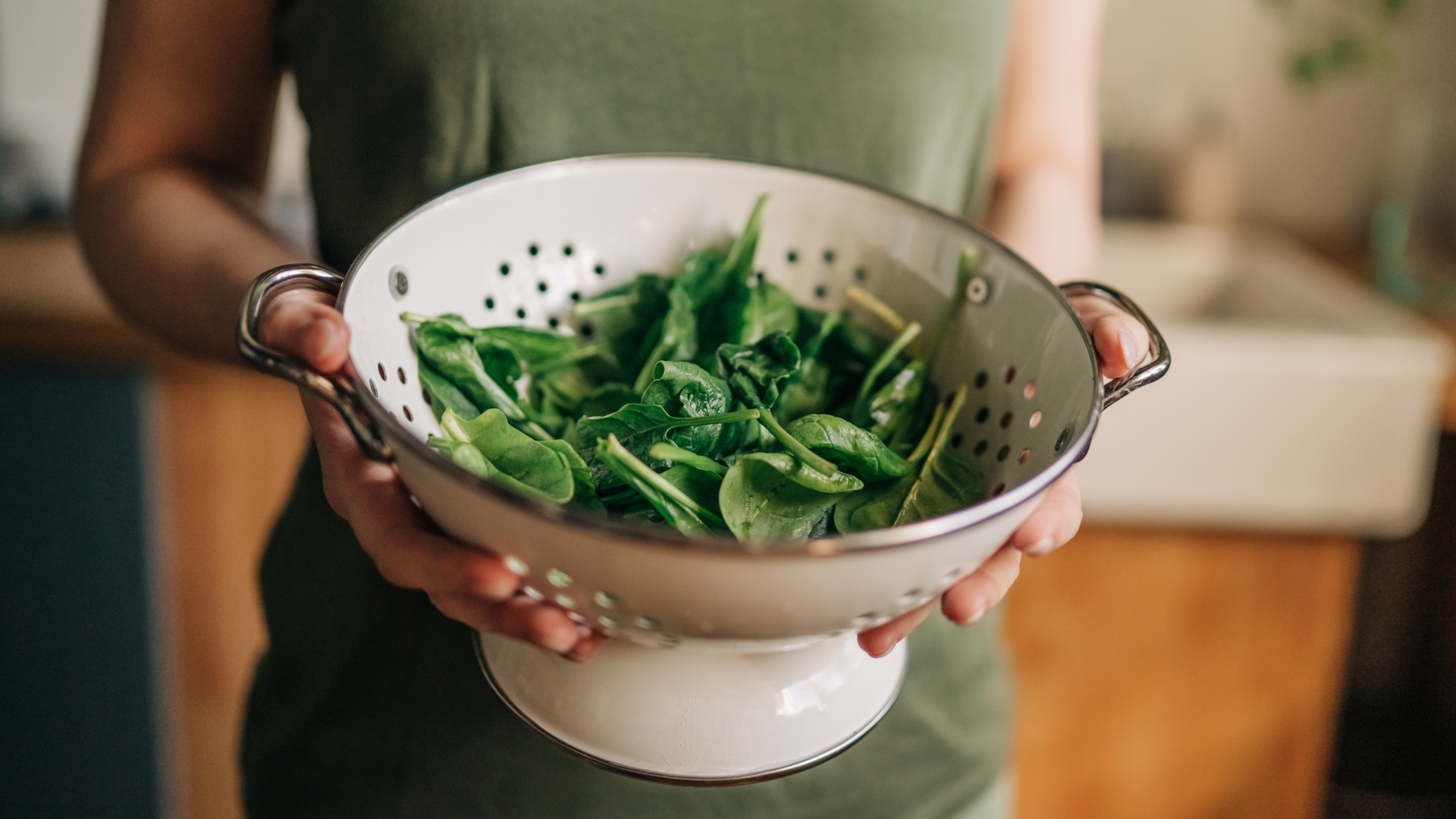
Kale
Kale has nearly 2 mg of iron per 100g and is also rich in potassium, vitamin C and vitamin A, while being a good source of fiber and protein. For those with a distrust for kale, try making chips with them. Toss large kale leaves with oil, salt, pepper and other seasonings and bake on low until brown, crispy, and satisfying.
Raw kale has a stronger, earthier flavor than greens such as spinach, but it still can be eaten raw – with some help. Kale in a shake will up your protein factor while breaking up the toughness of the leaf. Similarly, raw kale is better in salads when massaged with oil. Sauté kale for a side dish with lemon and garlic, add in parmesan cheese for a rich boost.
Kale can also be cooked into a risotto, added to a curry, in noodles or a stir fry, and is great for a heartier caesar salad. It’s also excellent with sausage, white beans and potatoes in a soup.
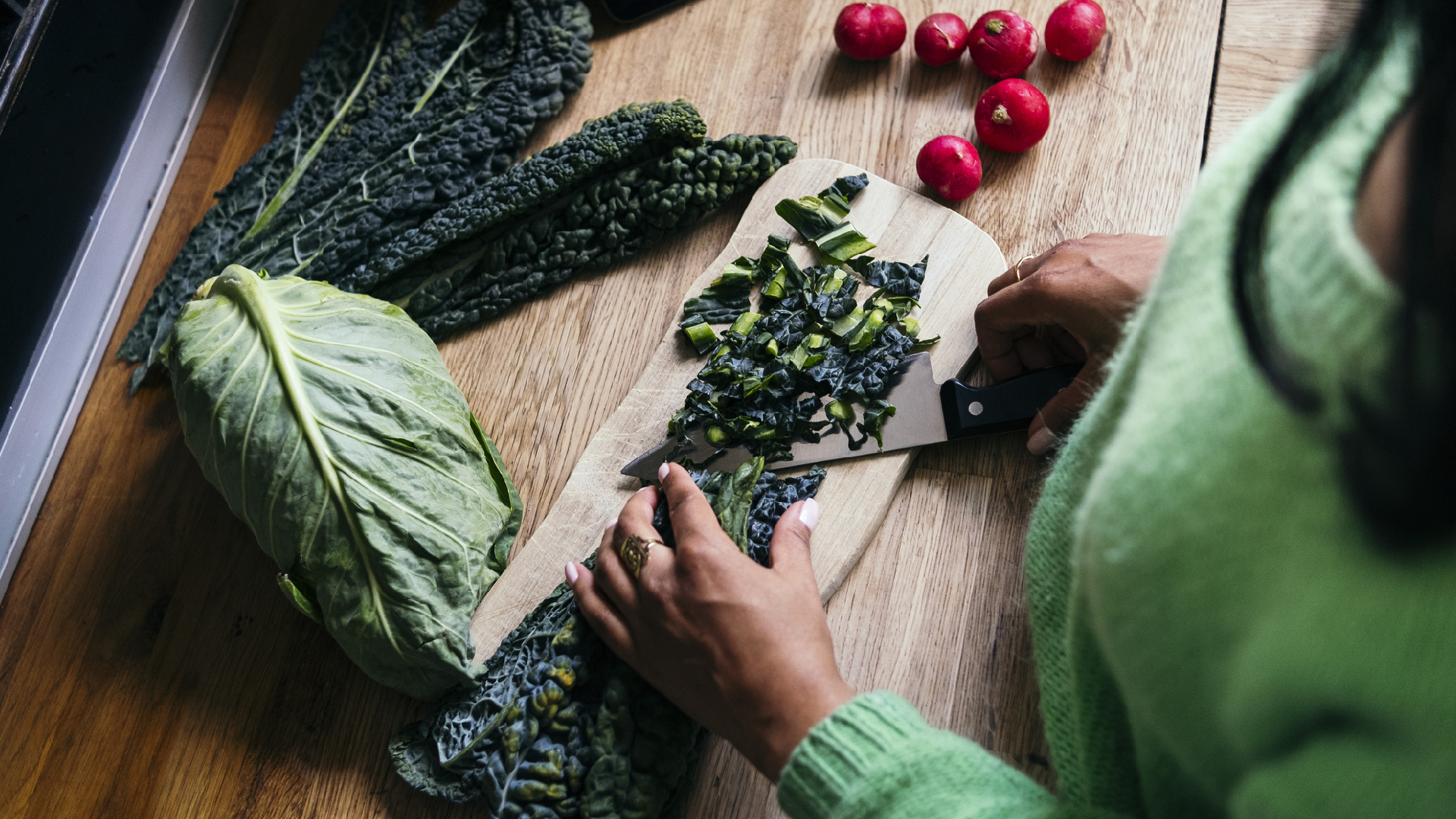
Beets and beet greens
Raw or cooked beats only have about 1 mg of iron per 100g, but don’t throw out the beets’ greens, as they have nearly 3 mg of iron per cup. Beets also contain other important vitamins and minerals, such as calcium, potassium, magnesium and vitamin C.
Beets are excellent roasted in the oven with seasonings, while the greens can be sautéed in a pan. Borscht is a traditional east European soup where beets shine, and is wholesome especially in the winter. At farmers’ markets, beets are now sold in a range of colors, from the traditional beet red to candy-striped, white, and yellow. Boiling colorful beets will turn them all red. Showcase these varieties raw in a salad.
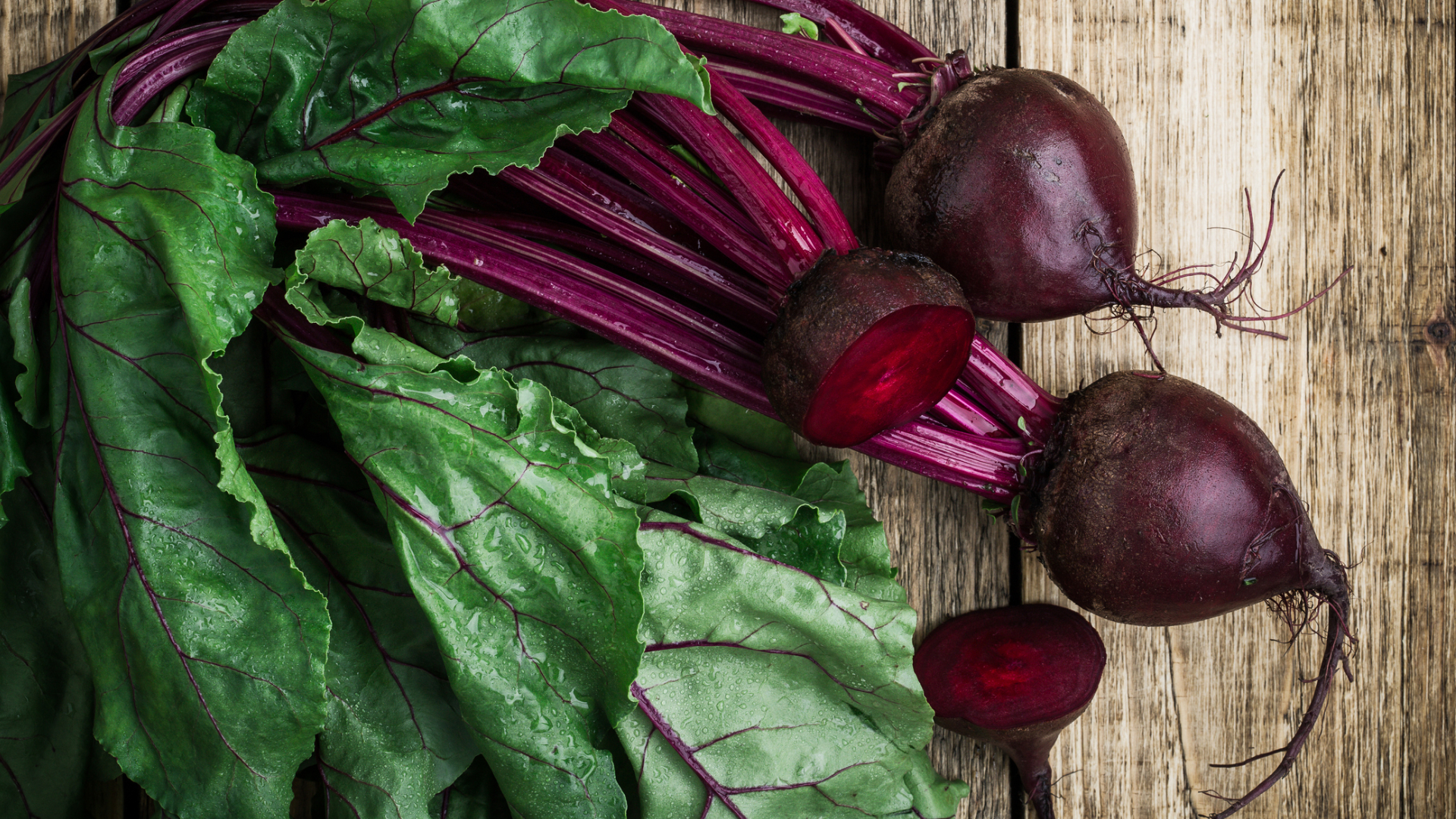
Additional sources of iron in vegetables include:
- Broccoli
- Sweet potatoes
- Peas
- Collard greens
- String beans
This article is for informational purposes only and is not meant to offer medical advice.
Lindsay Lafreniere is a freelance writer, editor and podcast producer. Lindsay has more than eight years’ experience working in communications, journalism and media relations, including in corporate, non-profit, government, hospital and university environments. Lindsay has worked for various media including broadcasting at the CBC, and in documentary production and magazine publishing at the Walrus, and has also held positions in academic and government communications and corporate online marketing. Lindsay received a bachelor’s degree in Psychology and English from Victoria University in Canada and a Graduate Diploma in Journalism from Concordia University.



